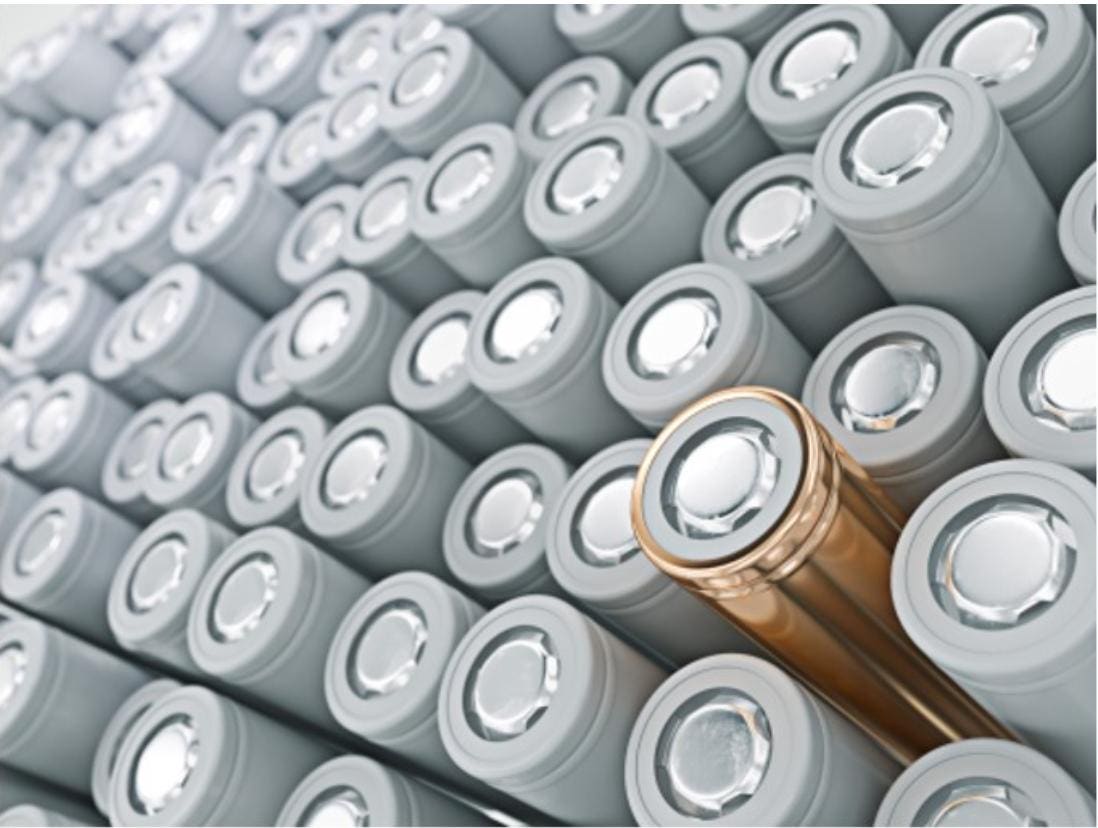OK, I think its fair to say that I have been a bit of a techno-optimist on renewable energy for many years. And the growth in renewable tech, and its collapse in prices has been impressive. But US and global energy demand are HUGE, populations are growing AND demand per person is also growing.
I just found this 44 page report from an analyst at JP Morgan:
I think its pretty well done. I've called BS on a lot of Oil Major 'World Energy Outlooks' over the years, and my opinions haven't changed. I would say this report emphasizes the GAP between renewable energy as it exists today, which is CHEAP, but still very small, and the difficulties of meshing its energy into an existing grid and industrial user base. It also talks about slow adoption of EVs and the behavioral limits (such as most people using their EVs as a low-mileage second car).
Take a look if you are interested.
I have one minor complaint: The use of 'primary energy' to compare renewable energy supply versus energy demand is unduly pessimistic. electrification does reduce primary energy demand, period. There is no magic way around this, I just don't care too much about small headline numbers for renewable share of primary energy.
My major takeaway: The electrical grid, fossil fuel infrastructure and built environment (houses, car fleets) grew up together and don't have a lot fo flexibility or spare capacity. Example: retrofitting a house for a different heat source, and to be >2X as energy efficient is HARD and COSTLY, compared to building a new more efficient house (marginal cost increase for efficiency). A similar issue appears when we talk about grids, or vehicles (which need to simply be replaced, but which have long service lives). So even if the costs of renewable energy tech drop through the floor, and are capable of being scaled to meet primary energy needs, which I think has/is happening right now, the transition is still slow.
The transition will be faster to the extent that people can make money and jobs on the transition. And the problem is that energy is already so cheap, that it caps how much money we can save by transitioning.
What I liked/learned:
--Oil exploration budgets are slashed. Lots of folks say that undiscovered oil will stay in the ground. On p 30 they show that projected production of existing fields has a natural decline that is waaay faster than any projected fall in demand in the most optimistic scenarios. Makes sense but wow. Author thinks oil stocks are a hold/buy.
--I have been down on 'Carbon Taxes' as an unnecessary ruse for extending FF companies business models. After looking at this, I think we WILL need much more incentives than 'cheap renewables and batteries' to drive a rapid transition (for climate reasons). And a carbon tax would both PAY for such expenditures AND induce a price signal to motivate retrofitting. That is, assuming that all carbon tax revenue was used to fund decarbonization projects, and not raided for other purposes.
I just found this 44 page report from an analyst at JP Morgan:
I think its pretty well done. I've called BS on a lot of Oil Major 'World Energy Outlooks' over the years, and my opinions haven't changed. I would say this report emphasizes the GAP between renewable energy as it exists today, which is CHEAP, but still very small, and the difficulties of meshing its energy into an existing grid and industrial user base. It also talks about slow adoption of EVs and the behavioral limits (such as most people using their EVs as a low-mileage second car).
Take a look if you are interested.
I have one minor complaint: The use of 'primary energy' to compare renewable energy supply versus energy demand is unduly pessimistic. electrification does reduce primary energy demand, period. There is no magic way around this, I just don't care too much about small headline numbers for renewable share of primary energy.
My major takeaway: The electrical grid, fossil fuel infrastructure and built environment (houses, car fleets) grew up together and don't have a lot fo flexibility or spare capacity. Example: retrofitting a house for a different heat source, and to be >2X as energy efficient is HARD and COSTLY, compared to building a new more efficient house (marginal cost increase for efficiency). A similar issue appears when we talk about grids, or vehicles (which need to simply be replaced, but which have long service lives). So even if the costs of renewable energy tech drop through the floor, and are capable of being scaled to meet primary energy needs, which I think has/is happening right now, the transition is still slow.
The transition will be faster to the extent that people can make money and jobs on the transition. And the problem is that energy is already so cheap, that it caps how much money we can save by transitioning.
What I liked/learned:
--Oil exploration budgets are slashed. Lots of folks say that undiscovered oil will stay in the ground. On p 30 they show that projected production of existing fields has a natural decline that is waaay faster than any projected fall in demand in the most optimistic scenarios. Makes sense but wow. Author thinks oil stocks are a hold/buy.
--I have been down on 'Carbon Taxes' as an unnecessary ruse for extending FF companies business models. After looking at this, I think we WILL need much more incentives than 'cheap renewables and batteries' to drive a rapid transition (for climate reasons). And a carbon tax would both PAY for such expenditures AND induce a price signal to motivate retrofitting. That is, assuming that all carbon tax revenue was used to fund decarbonization projects, and not raided for other purposes.



![[Hearth.com] Deep dive into the Great Global Energy Transition [Hearth.com] Deep dive into the Great Global Energy Transition](https://www.hearth.com/talk/data/attachments/278/278852-70f80ef11057b6d92dfef3a50a31b236.jpg?hash=SjpCbZdkIv)


